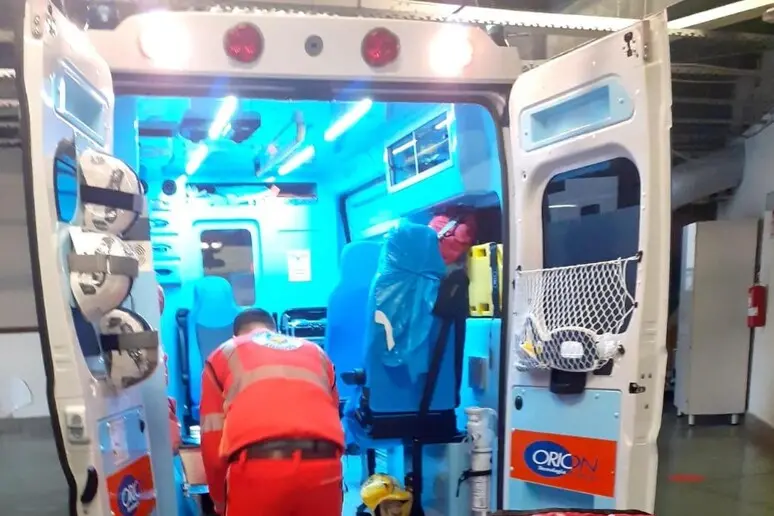Lifesaving treatments and emergency room waits: Sardinia fails
Treatments for strokes, heart attacks, and various traumas. The Agenas report: many regions are improving, but Sicily often lags behind.Per restare aggiornato entra nel nostro canale Whatsapp
The emergency care network is improving, providing timely intervention that can save lives or reduce the risk and severity of damage after a heart attack, stroke, or trauma. Although significant differences persist between regions and between inland areas and urban centers, the overall bar for response capacity is rising, and the number of regions achieving excellence is growing. Sardinia is not among them. Indeed, the emerging picture is less than reassuring.
Campania, in particular, has seen a surge in performance, placing it at the top of the major rankings. These are the trends emerging from the " Fourth National Survey on the Implementation of Time-Dependent Networks" conducted by Agenas.
The report analyzes the performance of four "time-dependent" networks: cardiology, stroke, trauma, and emergency. In the case of the Cardiology Network, Campania, Friuli-Venezia Giulia, and Lazio achieved the highest score of 1 (on a scale of 0 to 1); Abruzzo and Calabria (both at 0.63) are at the bottom of the ranking. Sardinia is at the bottom, with 0.75.
Campania, Emilia-Romagna, Friuli-Venezia Giulia, Lazio, Marche, and Veneto all receive top marks for stroke networks, while Sardinia is at the bottom (0.27). Campania and Marche lead the trauma network rankings. Emilia-Romagna and Sardinia are at the bottom (0.31). Campania, Liguria, and Marche are at the top for emergency services, while Basilicata is at the bottom. In this case, the island does not fare badly: its index is 0.71, about average.
The survey also provides specific indicators for individual procedures. In the case of a heart attack, for example, it would be appropriate to perform angioplasty within 90 minutes. In Italy, this occurs in 56.1% of cases, with significant regional variations. Veneto leads the way, with 68.9% of heart attacks treated within the time limit, followed by Sardinia with 42.3%.
Equally wide are the differences in the treatment of ischemic stroke: thrombolysis, which requires the rapid dissolution of the clot, is performed in 21.2% of cases in Veneto, 5.53% in Molise, and 14.42% in Sardinia.
In cases of hemorrhagic stroke, surgical intervention for the hemorrhage is performed within 48 hours in 100% of cases in Basilicata, the Autonomous Province of Trento, the Aosta Valley, and in 60% of cases in Molise.
In the emergency room
67% of emergency room visits are completed on time, albeit with wide regional differences ranging from 53% in Sardinia to 86% in Basilicata.
The analysis shows that 94% of patients accessing the emergency room with a white code are treated within the 240-minute time limit; 80% of green codes are treated within the 120-minute time limit; 61% of blue codes are treated within 60 minutes; 35% of yellow codes are treated within 15 minutes; and 40% of orange codes are treated within 15 minutes. The report also confirms the trend of high emergency room use, even for minor health problems.
Of the 18,582,255 visits to Italian emergency rooms, approximately 60% are white or green codes; 20.5% are blue codes; 7.25% are yellow codes; 9.46% are orange codes; and 2.33% are red codes.
(Unioneonline/E.Fr.)
